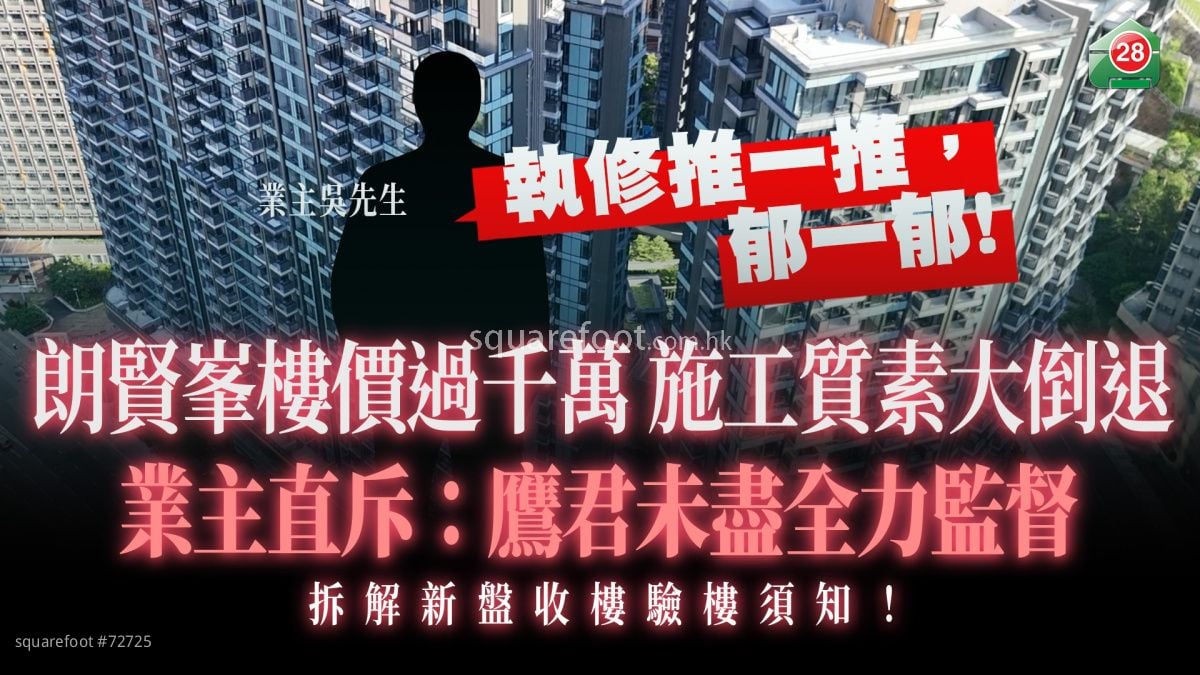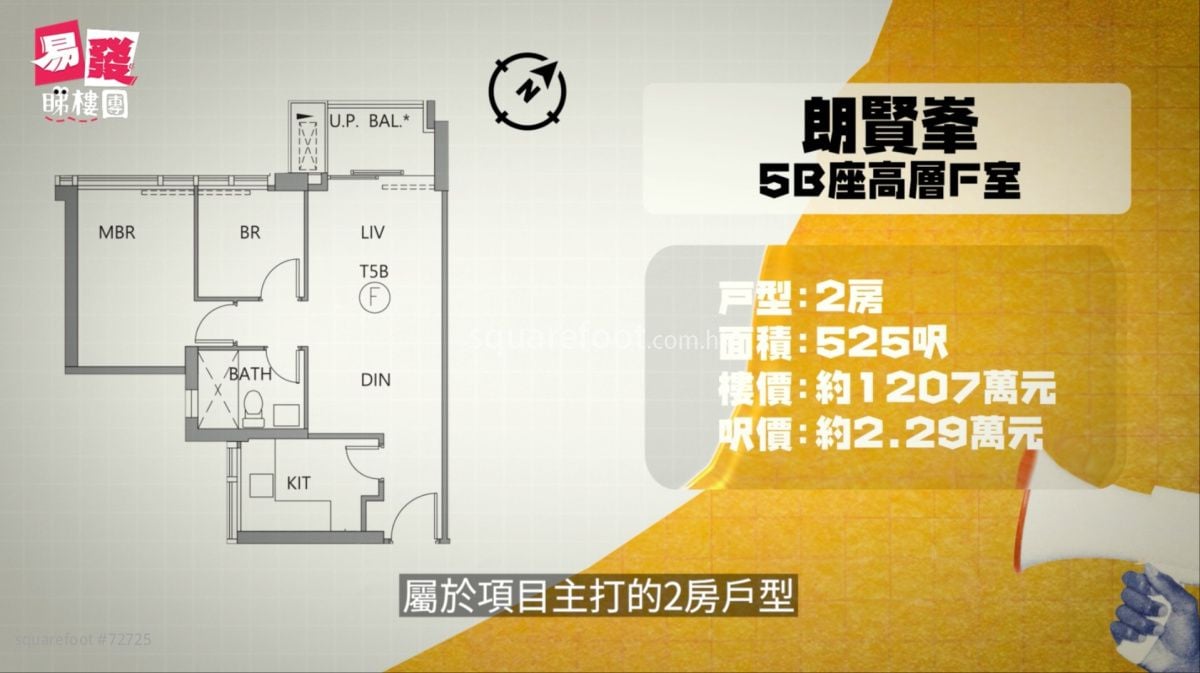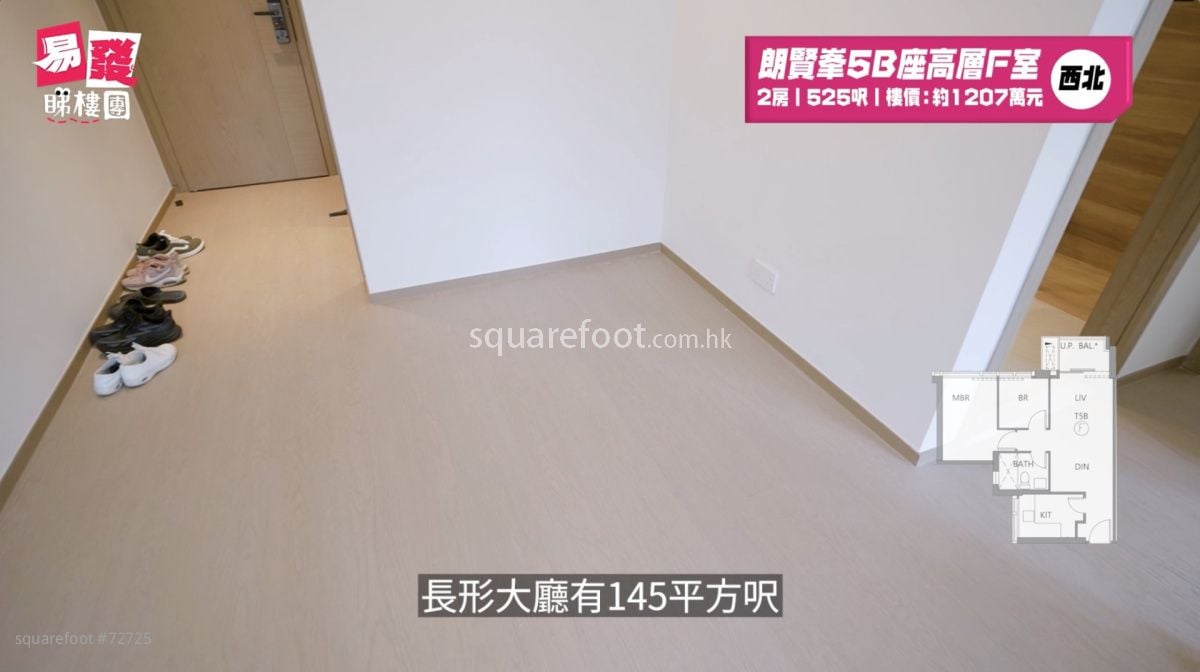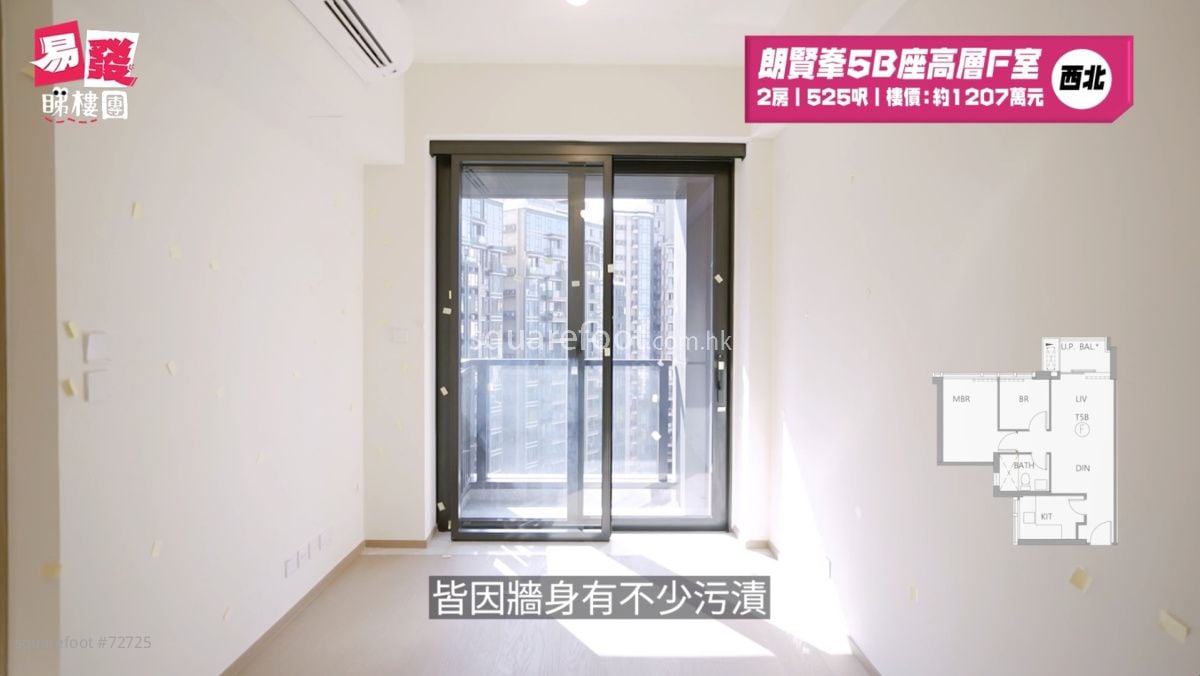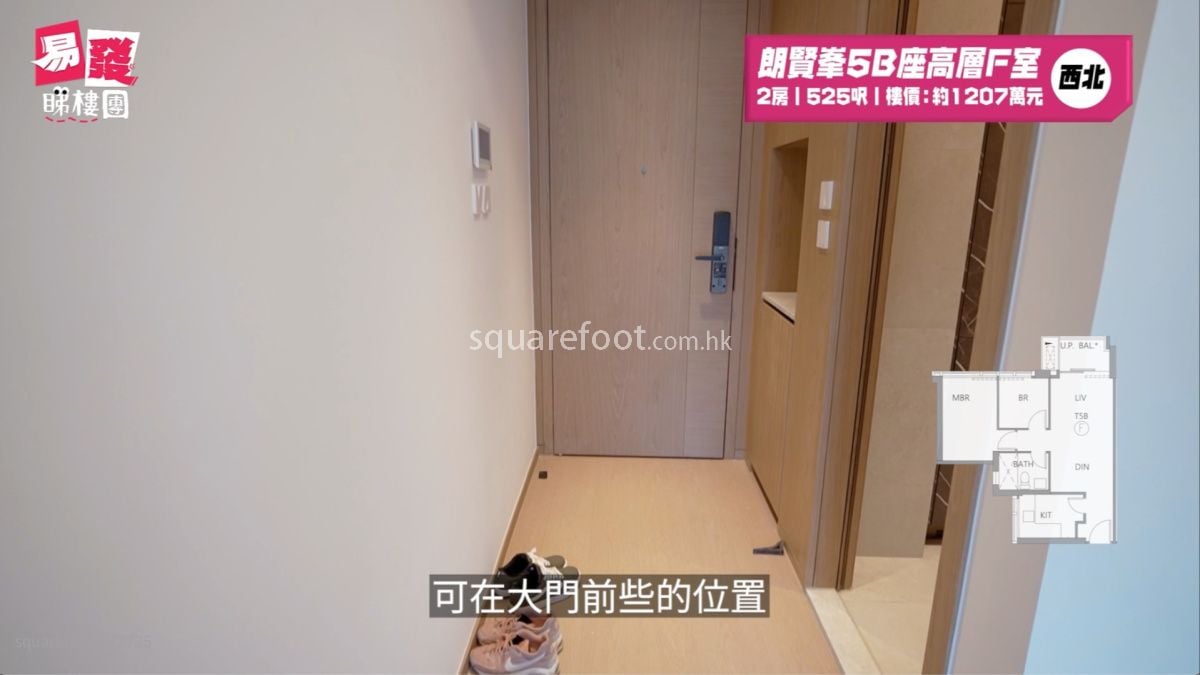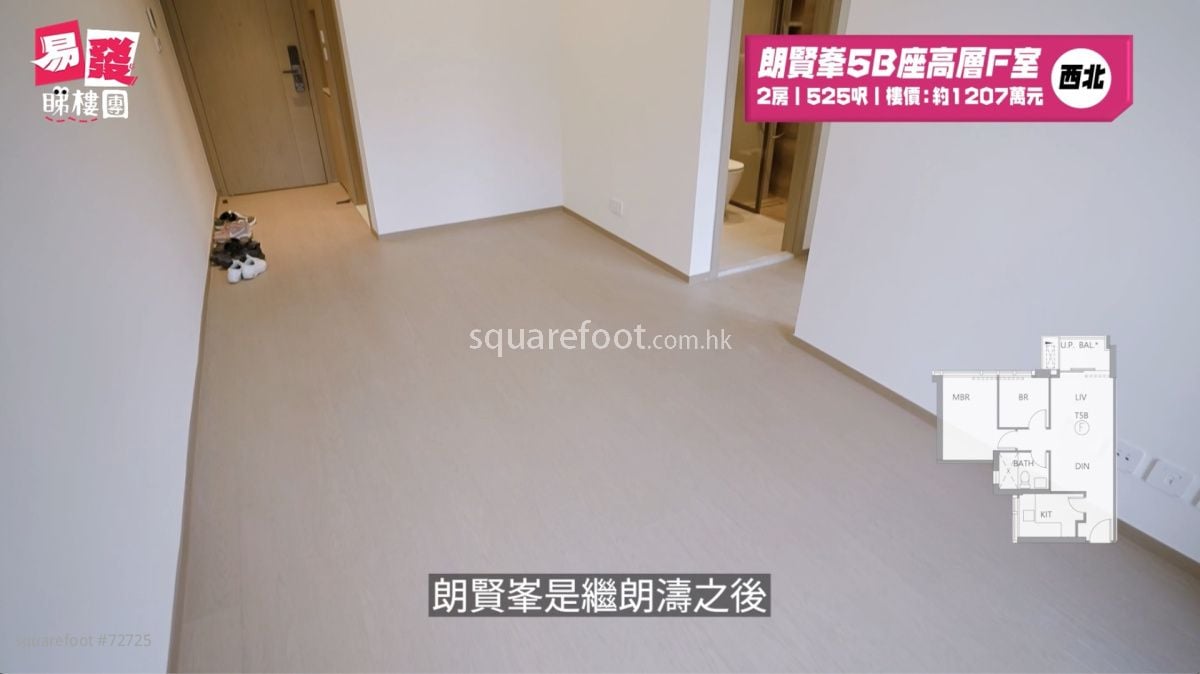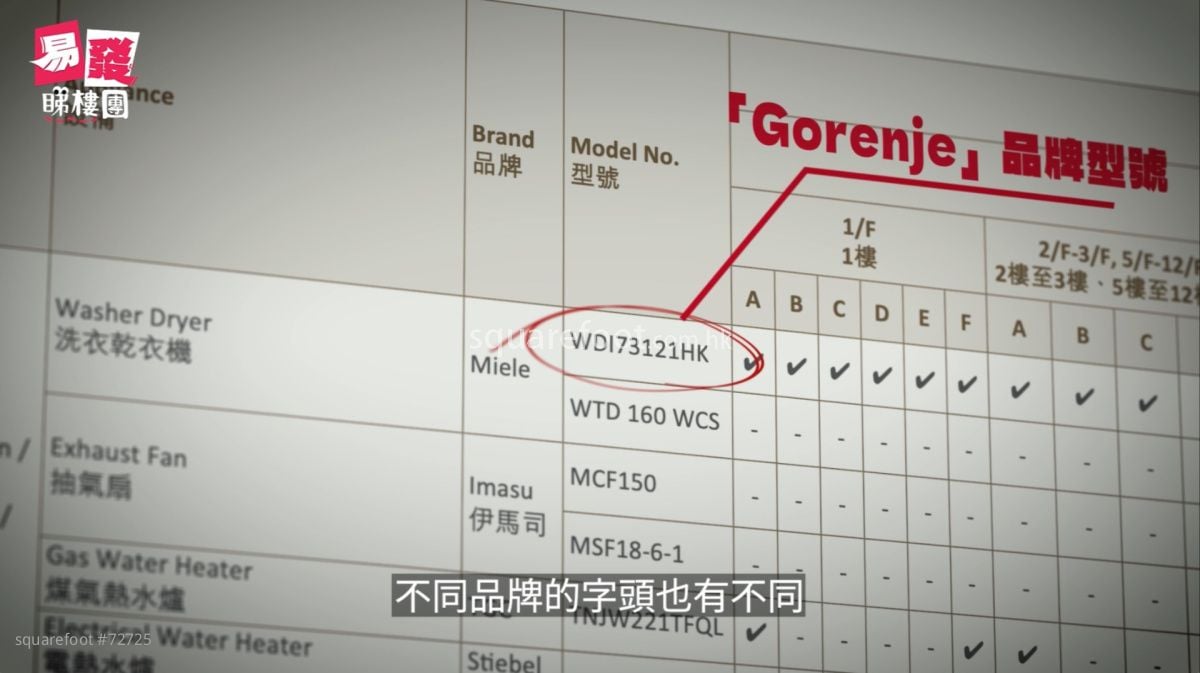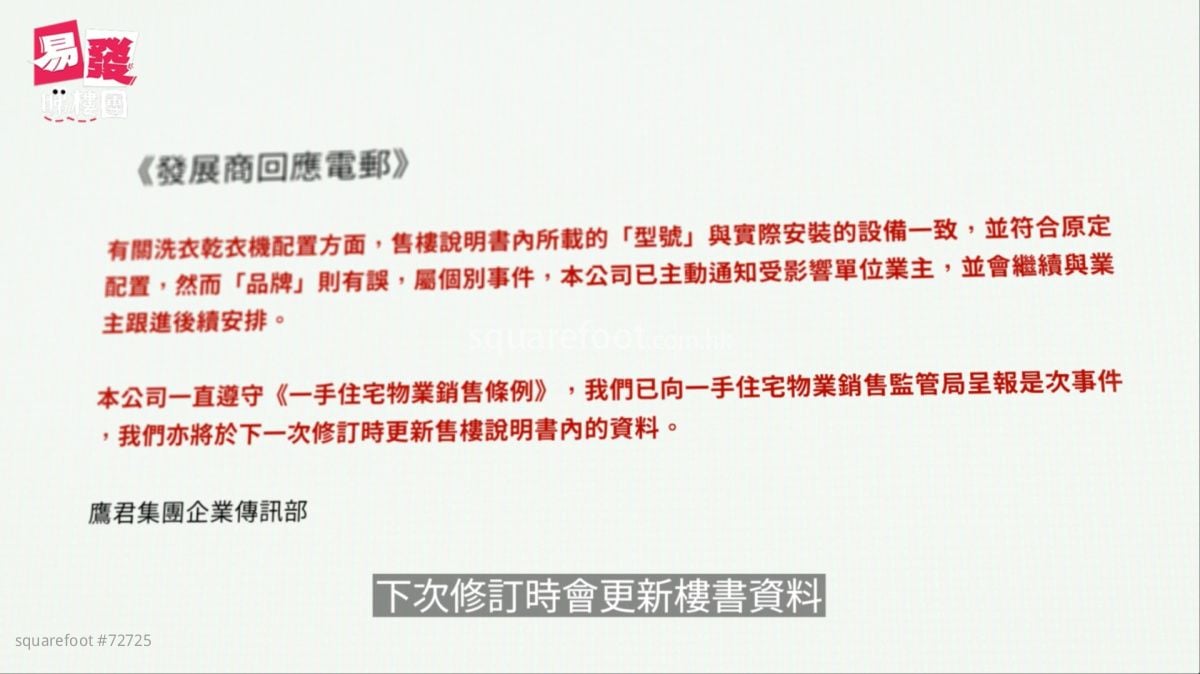In recent months, the Onmantin residential project at the Ho Man Tin MTR Station, developed by Great Eagle in collaboration with the MTR, has come under fire. As units are being handed over to buyers, numerous issues regarding construction quality have surfaced. From exterior walls and communal facilities to the interiors of individual units, significant defects have been reported, leaving homeowners frustrated. Over 100 complaints have already been filed with the Consumer Council.
Given the project’s steep average price of HK$13 million per unit and HK$22,400 per square foot, the poor quality of handover has caused widespread concern, highlighting the importance of safeguarding buyer rights throughout the home buying process.
Mismatched Appliances: Brochure Promises vs Reality
The first signs of trouble with the handover of Onmantin emerged with discrepancies in the promised appliances. In July, the 28Hse YouTube channel reviewed a high-floor unit (Flat F, Block 5B) of the development. The 525-square-foot unit, priced at HK$12.07 million, revealed a major issue: the installed washer-dryer was of the brand "Gorenje," whereas the sales brochure explicitly stated "Miele."
Although the developer explained that the installed model met their standards and claimed the mismatch was an isolated incident, they offered affected homeowners a HK$15,000 appliance voucher as compensation. However, this “bait-and-switch” situation violated the Residential Properties (First-hand Sales) Ordinance, which requires developers to specify appliance brands and models in the sales brochure and ensure that delivered items match or are of equivalent quality.
Construction Quality: Structural Flaws and Safety Concerns
Mismatched appliances, however, were just the tip of the iceberg. Investigations by the online platform WuChatProp revealed a more alarming issue: serious construction defects at the development. These defects, which include structural flaws, have not only compromised the quality of life for homeowners but have also raised concerns about safety and the long-term value of the property.
Among the complaints was the use of rooftop door materials that differed from what was specified in the sales brochure. According to WuChatProp, the Sales of First-hand Residential Properties Authority has been notified and is currently investigating the issue. Under the Residential Properties (First-hand Sales) Ordinance, developers are required to address discrepancies in materials or fixtures within six months of the handover, at their own expense.
Following the handover controversy, 28Hse revisited Mr. Ng, the owner of Flat F in Block 5B, to get an update on repair progress at Onmantin. Mr. Ng expressed disappointment with the developer’s lack of oversight, which he blamed for delays in even minor repairs.
“For simple issues, like uneven wall edges, I had to follow up multiple times,” said Mr. Ng. “The progress is painfully slow. They fix a small section here and there but never address the problem thoroughly. It feels like they’re just patching things up without putting in real effort.”
While handover disputes are not entirely new, severe cases remain relatively rare. In 2018, for instance, 29 homeowners at One Kai Tak discovered that their kitchens did not match the designs promised in the sales brochure. Instead of the advertised L-shaped cabinets with a dedicated fridge space, they were given straight-line cabinets, and the fridge was awkwardly placed elsewhere. The developer admitted the error and offered to fix the affected units, though some buyers chose to accept the altered layout.
Enforcement of handover violations under the Residential Properties (First-hand Sales) Ordinance is uncommon. Most cases involve documentation errors, such as omissions in brochures or price lists. A notable case in 2016 involved a family-owned developer of Full Art Court, who failed to provide proper brochures and price lists while selling units based on verbal disclosures. This led to 19 convictions and fines totaling HK$720,000, marking the first successful prosecution under the ordinance.
Essential Tips for New Home Inspections
The Onmantin case serves as a wake-up call for buyers: even high-priced properties cannot guarantee quality handovers. To protect your investment, it’s crucial to remain vigilant and follow these steps during the inspection and handover process:
1. Review the Sales Brochure and Contract Carefully
After receiving the handover notice, thoroughly check the details in the sales brochure and contract. Verify that the unit’s layout, materials, and appliances match what was promised. Pay special attention to flooring, kitchen appliances, and bathroom fixtures, ensuring they meet the specified standards.
2. Inspect Show Flats and Document Details
If a show flat was provided, compare its features to your unit. Developers are required to label which elements in the show flat will be included in the final product. Take photographs during your visit for reference on handover day.
3. Hire a Professional Inspector
During the handover, hire a professional inspection service to conduct a thorough examination. Inspectors can check for structural issues, such as uneven walls, hollow flooring, and damaged windows or doors, as well as ensure appliances match the promised specifications. Additionally, they can test utilities like water pressure, electrical outlets, and lighting.
4. Report Issues Immediately
If discrepancies or defects are found, notify the developer immediately. Under the Residential Properties (First-hand Sales) Ordinance, developers are obligated to ensure the delivered property matches the specifications in the sales brochure. Any downgrades in materials or missing appliances may constitute a violation.
5. Utilise the Warranty Period
Developers typically offer a warranty period of six months to one year, with some projects extending up to two or three years. Report any issues during this time and document all correspondence to avoid disputes. If issues remain unresolved, consider hiring a third-party assessor for an independent evaluation and use the findings as leverage in negotiations or legal action.
The Onmantin controversy underscores the importance of due diligence when purchasing a new property. Even luxury developments with sky-high prices can fall short of expectations. As such, buyers should thoroughly research the developer’s track record, scrutinise all documents, and remain cautious throughout the inspection process. From reviewing brochures and verifying materials to conducting comprehensive inspections, every step matters in safeguarding your investment. By staying informed and proactive, you can minimise the risks of unexpected costs or disappointments caused by substandard handovers.
Like
| Property Type | Price | Ads Period |
|---|---|---|
| For Sale Property | ||
Normal Listing Typical One | HKD:1000 (or Hsemoney:1000) | Valid:90 days |
Golden Top Listing Higher position than Top listing 2-3times better performance | HKD:3000 (or Hsemoney:3000) | Valid:60 days |
| Rental Property | ||
Normal Listing Typical One | HKD:1000 (or Hsemoney:1000) | Valid:80 days |
Golden Top Listing Higher position than Top listing 2-3times better performance | HKD:3000 (or Hsemoney:3000) | Valid:60 days |
